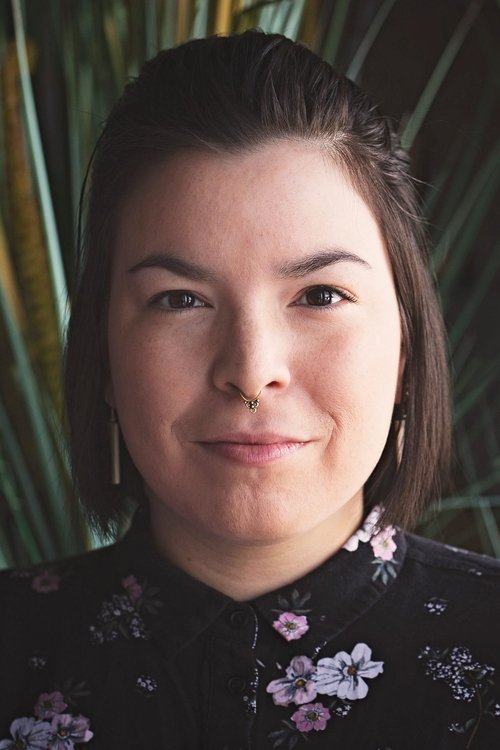Betsiamites
Watch Movie
Share
Cast & Crew
1 member
Acting
Natasha Kanapé Fontaine
Unknown Role

Similar Movies
Recommended Movies

No Recommendations Yet
We're working on finding the perfect movies for you. Check back soon!
More movies coming soon
Unknown Role


We're working on finding the perfect movies for you. Check back soon!